PPT-Charge Optimized Many Body (COMB) Potential in LAMMPS
Author : kittie-lecroy | Published Date : 2017-03-31
Ray Shan Simon R Phillpot Susan B Sinnott Department of Materials Science and Engineering University of Florida LAMMPS Users Workshop August 9 th 2011 Supported
Presentation Embed Code
Download Presentation
Download Presentation The PPT/PDF document "Charge Optimized Many Body (COMB) Potent..." is the property of its rightful owner. Permission is granted to download and print the materials on this website for personal, non-commercial use only, and to display it on your personal computer provided you do not modify the materials and that you retain all copyright notices contained in the materials. By downloading content from our website, you accept the terms of this agreement.
Charge Optimized Many Body (COMB) Potential in LAMMPS: Transcript
Download Rules Of Document
"Charge Optimized Many Body (COMB) Potential in LAMMPS"The content belongs to its owner. You may download and print it for personal use, without modification, and keep all copyright notices. By downloading, you agree to these terms.
Related Documents

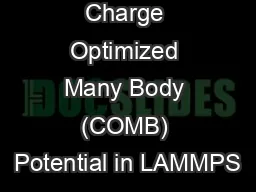

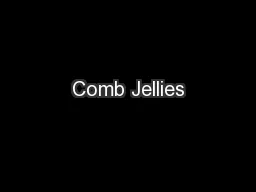

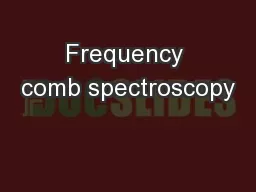
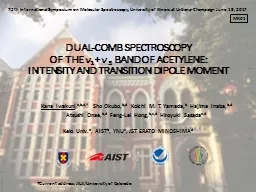
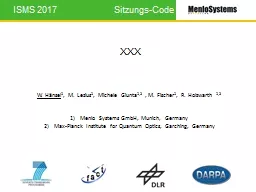

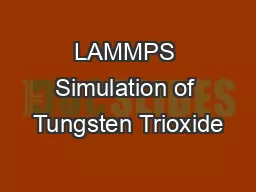
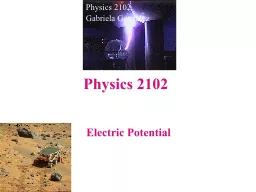
![[READING BOOK]-Extending and Modifying LAMMPS Writing Your Own Source Code: A pragmatic](https://thumbs.docslides.com/979220/reading-book-extending-and-modifying-lammps-writing-your-own-source-code-a-pragmatic-guide-to-extending-lammps-as-per-custom-simulation-requirements.jpg)
![[DOWLOAD]-Extending and Modifying LAMMPS Writing Your Own Source Code: A pragmatic guide](https://thumbs.docslides.com/987883/dowload-extending-and-modifying-lammps-writing-your-own-source-code-a-pragmatic-guide-to-extending-lammps-as-per-custom-simulation-requirements.jpg)

